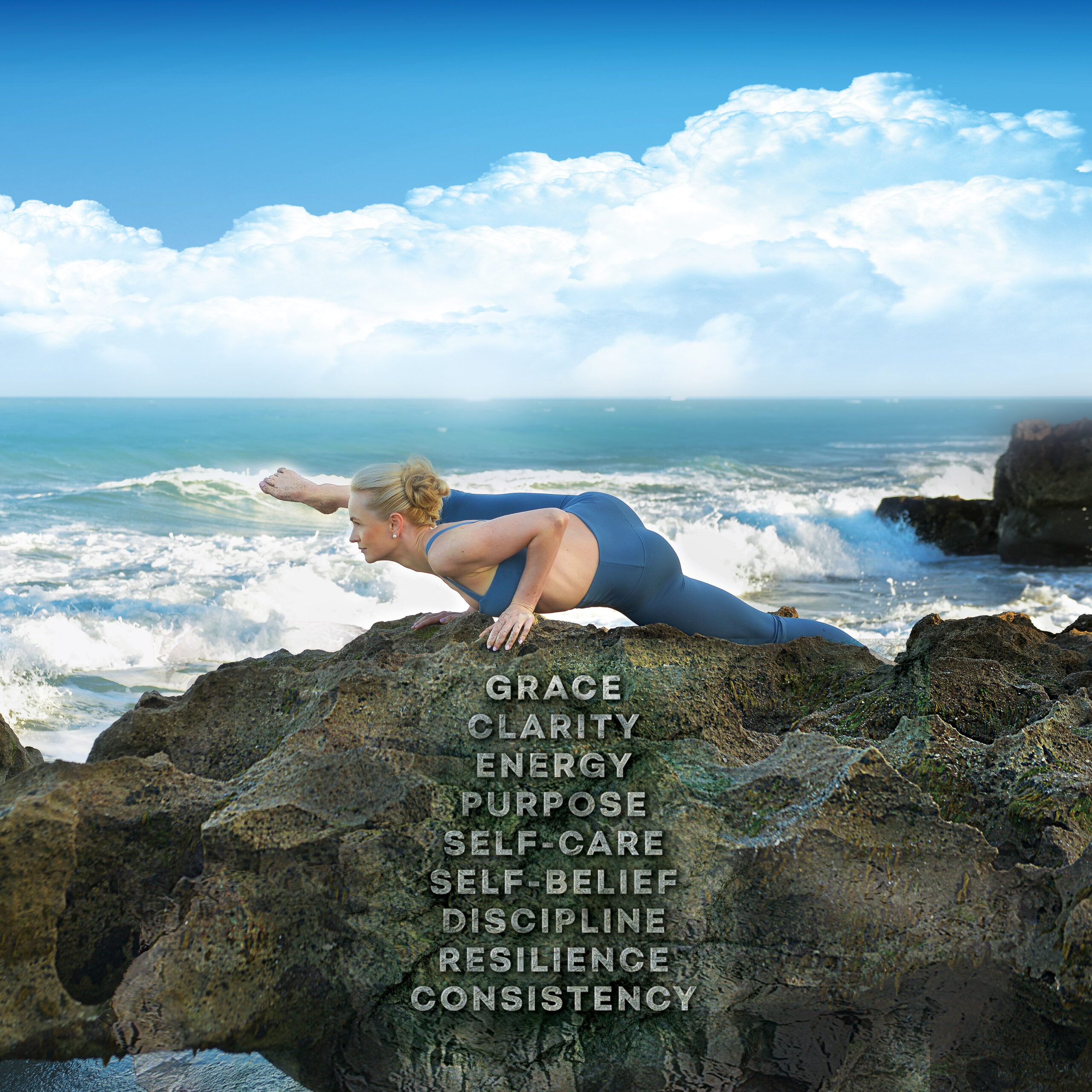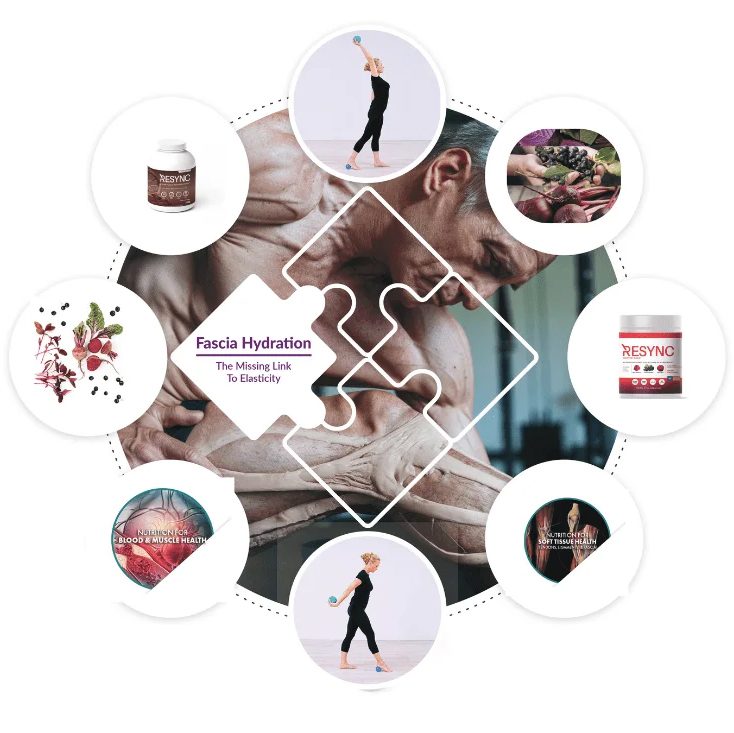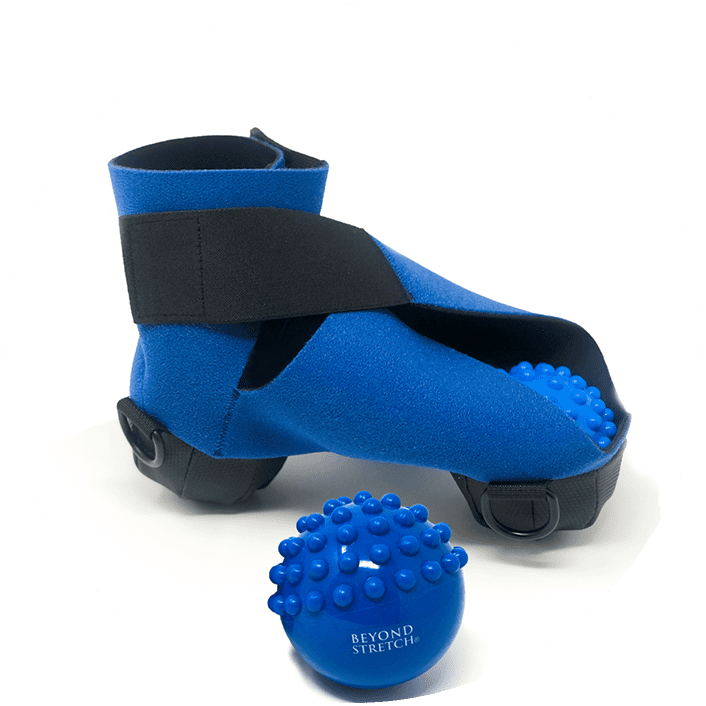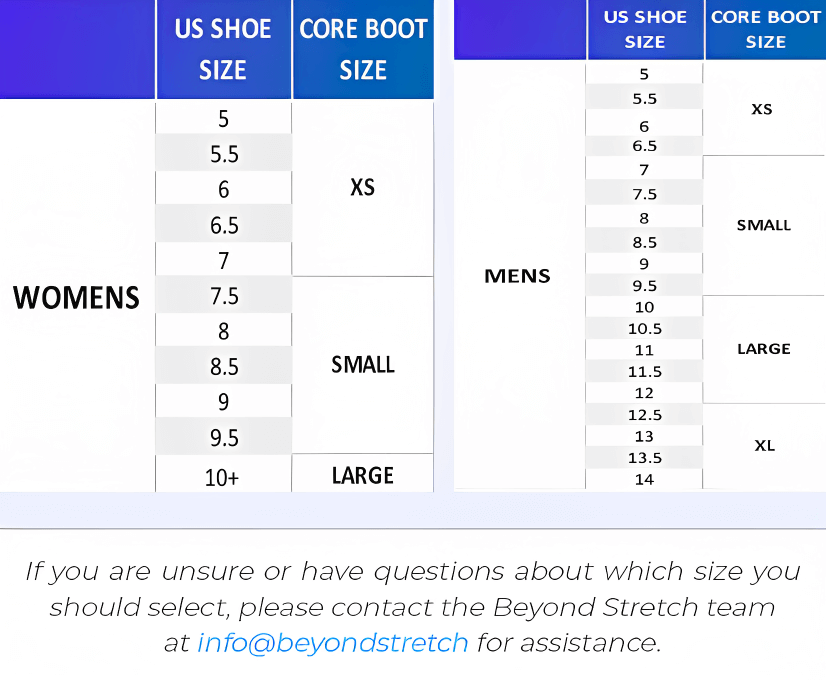FROM ALIGNMENT
COMES PEACE & GROWTH
“When you act from alignment, you make better decisions, connect deeper with your body, and stay injury-free. You move through pressure with calm authority – you become unstoppable. That’s the power of embodied self-leadership.”
– Barbara Depta, Founder of Resync Your Body
Tools To Help You Restore Your Physical Alignment.

Barbara’s Mission
Life is a movement, an ongoing learning journey.
High achievements often come with health sacrifices, wasted time, and losses.
I help high performers act from mind-heart coherence, so they make better decisions, connect more deeply with themselves and others, and lead with precision under pressure. Their presence shifts rooms, elevates outcomes, and builds trust without burnout.
That’s embodied self-leadership — where alignment turns into unstoppable impact and success.




